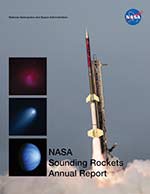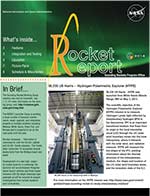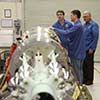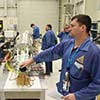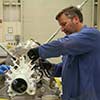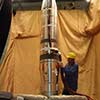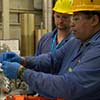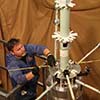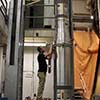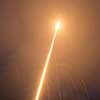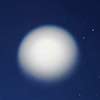
39.012 DR BERNHARDT/NAVAL RESEARCH LABORATORY
Charged Aerosol Release Experiment (CARE) II
- Mission
- Vehicle
- Launch
- Photos
On September 16, 2015, a Black Brant XI sounding rocket was launched from Andoya, Norway and carried 37 rocket motors and a multi-instrument daughter payload into the ionosphere to study the generation of plasma wave electric fields and ionospheric density disturbances by the high-speed injection of dust particles. A primary sensor for the Charged Aerosol Release Experiment (CARE II) was the two SuperDARN CUTLASS radars that view the ocean north of Norway. The rocket motors firing simultaneously produced 66 kg of micron-sized dust particles composed of aluminium oxide. In addition to the dust, simple molecular combustion products such as N2, H2, CO2, CO, H20 and NO were injected into the F-layer. Charging of the dust and ion charge exchange with the molecules produced plasma particles moving at hypersonic velocities. Streaming instabilities and shear electric fields yield plasma turbulence that can be detected using ground radars and in situ plasma instruments. The instrument payload separated from the dust and molecular combustion product release payload soon after launch and measured electric field vectors, electron and ion densities, and integrated electron densities from the rocket to the ground. The release of high speed dust was directed upward on the downleg of the rocket trajectory to intersect the bottomside of the F-Layer. Ground HF and UHF radars operated to detect scatter and refraction by the modified ionosphere. Optical instruments were used to map the dispersal of the dust using scattered sunlight. The plasma interactions are being simulated with both fluid and particle-in‐cell (PIC) codes. CARE II is a follow-on to the CARE I rocket experiment conducted from Wallops Island Virginia in September 2009. The Principal Investigator is Dr. Paul Bernhardt/Naval Research Laboratory.

The Black Brant XI is a three stage sounding rocket with a Talos first stage, Taurus second stage, and a Black Brant third stage. The Black Brant XI can reach altitudes of about 800 km. Payloads weighing from 400 to 1200 pounds can be flown.
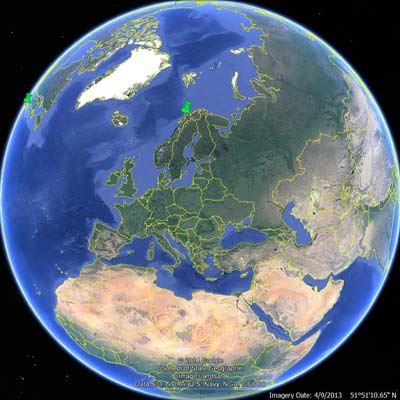
The CARE mission was launched on September 16, 2015 from Andoya Rocket Range, Norway.

